12 of the Best Movies About Gaslighting
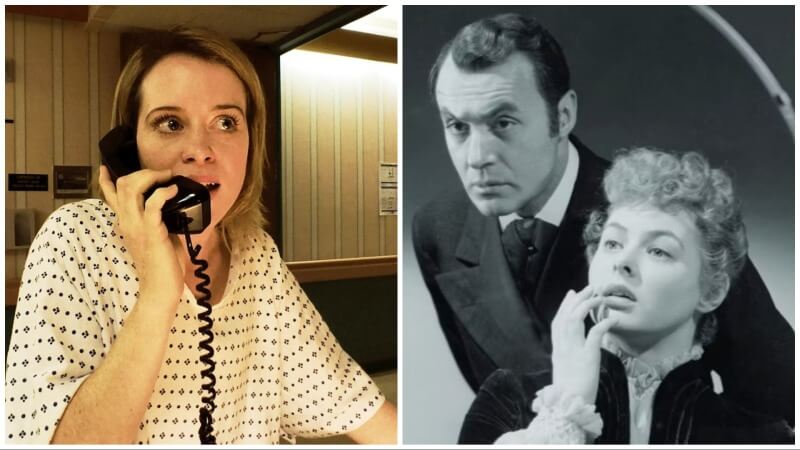
Gaslighting: when an abuser makes their victim doubt their own sanity.
It’s among the most intimate of crimes, the worst of it taking place within a person’s own psyche. In the eight decades since a pair of Golden Age of Hollywood movies popularized the term, there has been a steady stream of great films that have used gaslighting as their narrative engine. Be warned, spoilers abound from this point on …
Typically in the movie genre, it’s a man who gaslights his wife–that’s the case in 2000’s What Lies Beneath, which turns 25 this month. In general, he’s hoping to either stop her from discovering a crime, or to get his hands on her fortune, or to get her out or the way so he can be with his secret lover. But there are other permutations too, with men occasionally the ones being gaslit, and with entire communities perpetuating the psychological torment. The isolation of the victim, the not knowing who they can trust, is what makes it so destabilizing–even for us, the viewer.
Intense, twisty and gripping, gaslighting movies have provided cinema with some of its most memorable thriller classics, as well as an array of lesser-known gems. Here are 12 of the best to be found in this tense subgenre:
![]()
1. Gaslight (1940)
Director: Thorold Dickinson
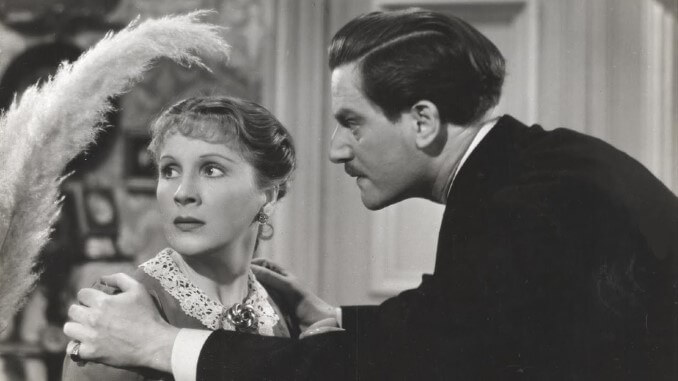
Bella (Diana Wynard), is being driven to believe she’s lost her sanity by her cruel husband, Paul (Anton Walbrook). In reality, Paul murdered her aunt years earlier, but was interrupted before he could steal her precious jewels. He’s taken Bella back to live in her aunt’s place so he can have another chance to look for the gems; he wants her institutionalized so he can continue his search unimpeded. When MGM remade Gaslight four years later, they tried to get all the prints of this original British movie (based on a popular West End play) destroyed. They needn’t have bothered, as it is still today generally seen as little more than an afterthought to the 1944 version, despite being a very good film in its own right – taut and engrossing, with a chilling villain in Anton Walbrook.
2. Gaslight (1944)
Director: George Cukor
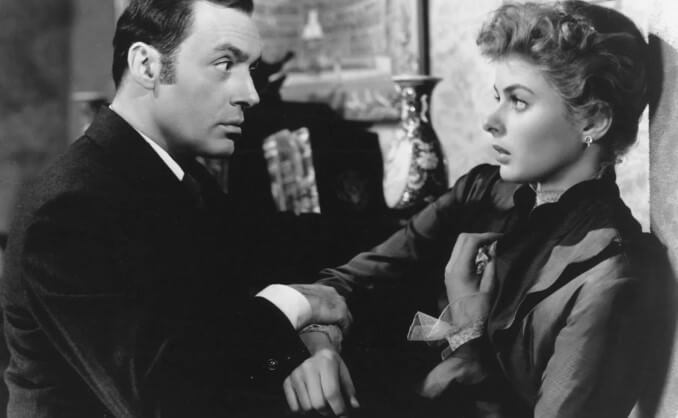
Nevertheless, few would disagree that the 1944 version was superior. A full half hour longer than its predecessor, the MGM film starts much earlier in the story, allowing us to see how the villainous husband, this time called Gregory and played by Charles Boyer, courted his wife Paula (Ingrid Bergman), before setting out to systematically destroy her mind. As you might expect from a Hollywood remake, it ups both the gloss and the star power. Ingrid Bergman is heart-wrenching as the tortured woman at the center of it all, and glorious when she finally gets her vindication. Charles Boyer’s ability to turn off his charm as casually as if he was flicking off a light switch is aptly destabilizing. Gaslight also boasts the screen debut of a 17-year-old Angela Lansbury as maid Nancy, whose crush on Gregory makes her an unwitting pawn in his mind games.
3. My Name is Julia Ross (1945)
Director: Joseph H. Lewis
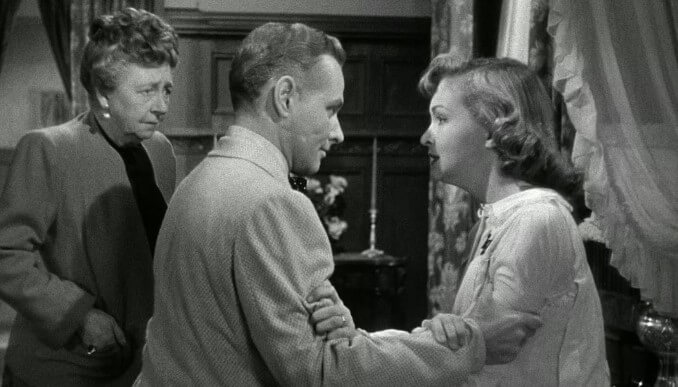
In desperate need of a job, the orphaned, completely unattached Julia Ross (Nina Foch) responds to a mysterious agency’s ad. She’s hired on the spot, and asked to move into her employer’s London townhouse that very evening. She goes – but when she wakes up the next morning, she’s in Cornwall, everyone is calling her Marion Hughes, and saying that she has a husband. What is going on? Despite her captor’s best efforts, across the beautifully brisk 65 minute runtime, Julia never truly doubts her sanity–her mission is to find out why she is being gaslit, and to escape. Unlike many of the heroines on this list, Julia doesn’t seem lastingly emotionally damaged by her plight; her indomitable pluck is what gives this movie much of its manifold entertainment value.
4. Les Diaboliques (1955)
Director: Henri-Georges Clouzot
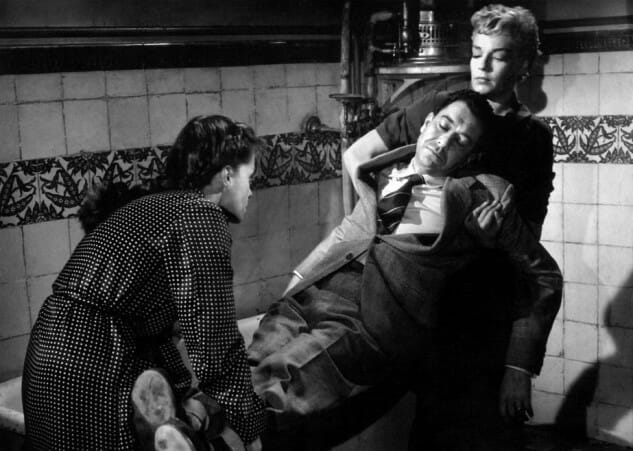
For 90% of Les Diaboliques, we think we’re watching a movie about the wife (Vera Clouzot) and mistress (Simone Signoret) of a cruel schoolmaster (Paul Meurisse) carrying out his murder, and their subsequent terror when his corpse goes walkabout. Right at the end, however, we discover the whole film has actually been a plot between the mistress and the schoolmaster, who’ve in fact conspired to kill the wife–in possession of both a weak heart and a big fortune–by scaring her to death. She does end up losing her mind, and then her life, although the nefarious lovers do at least pay for their deadly game of gaslighting. It remains one of the all-time psychological thrillers.
5. Rosemary’s Baby (1968)
Director: Roman Polanski
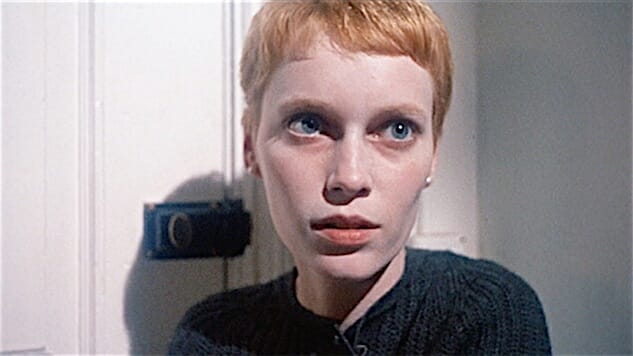
The first of two gaslighting classics based on bestselling novels by Ira Levin sees Rosemary (Mia Farrow) move into a sinister new apartment with her husband Guy (John Cassavetes). When Rosemary gets pregnant, a whole host of creepy happenings lead her to wonder just what is brewing within her. Of course Guy, and her ever-present neighbours Minnie and Roman (Ruth Gordon and Sidney Blackmer), are on hand to tell her everything’s fine. There’s an inherent, queasy intimacy to the way gaslighters make their victims doubt their own sanity. When you factor in a pregnancy too (especially the satanic details of this particular pregnancy), it’s all ratcheted up tenfold. Rosemary’s Baby is a deeply unsettling slow-burn that peels away its heroine’s support system piece by piece, until she has little choice but to make that final, horrifying decision.
6. Let’s Scare Jessica to Death (1971)
Director: John Hancock
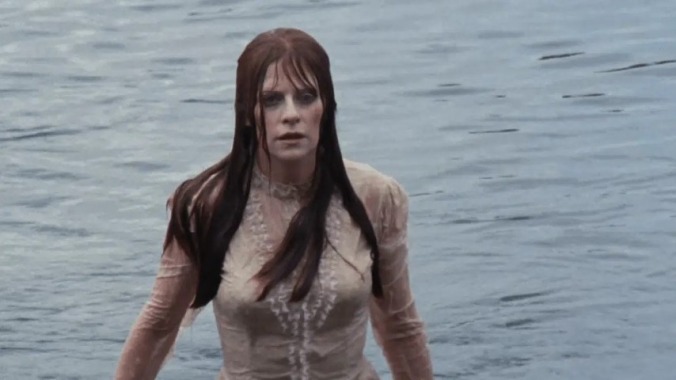
Although not quite a blatant example as that title suggests, Let’s Scare Jessica to Death is still an unforgettably eerie entry into the gaslighting canon. The titular Jessica (Zohra Lampert) has just been released from a mental hospital, and is moving to a house by the lake with her husband Duncan (Barton Heyman), and their friend Woody (Kevin O’Connor). When they get there, they’re initially surprised to find a squatter, Emily (Mariclare Costello)–-but soon they’re charmed into asking her to join them. That proves a mistake. Although they both love her, Duncan and Woody are wary of Jessica’s mental fragility from the very opening of the movie, which makes her an easy mark for the mysterious, possibly vampiric Emily. The real power of the film however, is that it places us so securely in our heroine’s head that, like Jessica, we are unsure as to whether or not events are playing out as they seem to be. Even at its conclusion, the mystery lingers.
7. The Stepford Wives (1975)
Director: Bryan Forbes
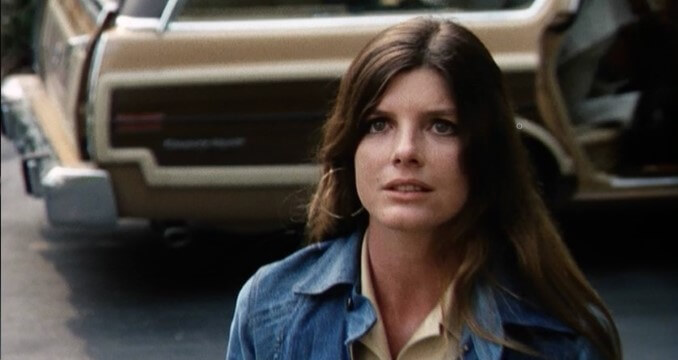
In the second Ira Levin adaptation on this list, Joanna (Katharine Ross) moves from New York City to the sleepy town of Stepford with her family. Almost all the women in the town have glazed smiles, perfect figures, and an obsession with housework, leading Joanna and her new friend Bobby (Paula Prentiss) to investigate this disturbing phenomenon. After they visit one of the titular Stepford Wives, who has professed an apparently earnest happiness with her lot, Bobby remarks to Joanna – “Maybe we’re the crazy ones?” As the few remaining holdouts are turned into literal fembots, the non-conformists are gaslit by their husbands into thinking there’s nothing wrong with the personalities of the wives being ground away to nothing.
8. Breakdown (1997)
Director: Jonathan Mostow

Jeff (Kurt Russell) and Amy Taylor (Kathleen Quinlan) are driving cross country. In New Mexico, their car breaks down in the desert. A trucker (J.T. Walsh) offers them assistance, and they decide Amy will go with him to the local diner to phone for help. Jeff will wait with the car. Time passes. Jeff gets to the diner, but Amy’s not there. He finds the trucker again, who professes to never have seen either him or Amy before. Looks like someone’s being gaslit! A gloriously breakneck amalgam of top-flight TV movies Duel (1971) and Dying Room Only (1973), Breakdown flies through its 90 minute runtime, with Kurt Russell’s mental spiraling making the series of ever-escalating action set pieces all the more riveting.
9. What Lies Beneath (2000)
Director: Robert Zemeckis
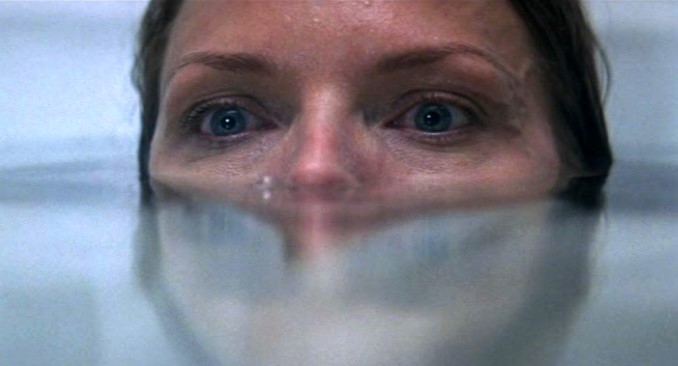
Empty nester Claire (Michelle Pfieffer) spends her days in her new lakeside home, as her scientist husband Norman (Harrison Ford) works at the lab. Increasingly, she hears and sees things that lead her to believe their house is haunted. Norman has little time for her fears, and suggests she goes to a psychiatrist. Can you see where this is going? What Lies Beneath tells its story in distinctive acts, first teasing a Rear Window-style narrative with Claire and Norman’s next door neighbors, before pulling the rug and revealing–during an unforgettable sequence set in a bathtub–that it’s been a gaslighting story the whole time. It ends up as a prominent entry on our list of the best movie jump scares of all time.
10. Unsane (2018)
Director: Steven Soderbergh
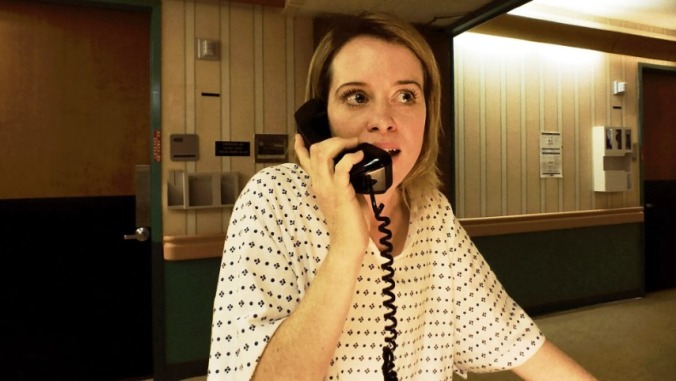
Sawyer (Claire Foy) has moved hundreds of miles from home to evade her stalker, David (Joshua Leonard). Traumatized by the experience, she goes to a therapist for help, but ends up being involuntarily committed to a mental hospital. There, she finds David has got himself a job as a nurse, who is now responsible for her safety. A claustrophobic nightmare of a movie, Unsane tackles two different forms of gaslighting. The first is the traditional kind, as David uses Sawyer’s position to take advantage of her, knowing that her word will not be trusted. The second is institutional gaslighting, as it transpires the hospital is keeping patients like Sawyer involuntarily committed for as long as their insurance companies will pay out. That combinations of intimate and systemic injustice leaves Sawyer in a hellish predicament, and makes Unsane a gripping journey.
11. Burning (2018)
Director: Lee Chang-dong

Burning gaslights the audience as much as it does the protagonist, shrouding its narrative in maddening ambiguity and daring us to wonder if what we think has happened, actually is what happened. Jong-su (Yoo Ah-in) develops a crush on his old school friend Hae-mi (Jung Jong-seo) when they reconnect after many years. He’s in turn crushed when he meets her suave new boyfriend, Ben (Steven Yeun). Then Hae-mi disappears, and Ben starts dropping increasingly brazen hints that he is responsible, seemingly taunting Jong-su into action. He takes that action, but is never given the catharsis of knowing that his read of the situation was in fact, the correct one. And neither are we.
12. The Invisible Man (2020)
Director: Leigh Whannell

Gaslighting is one of the most insidious forms of abuse a person can experience. In The Invisible Man, Cecilia’s (Elisabeth Moss) gaslighter–her supposedly dead husband, Adrian (Oliver Jackson-Cohen)–has used his knowledge of optical science to make himself an invisibility suit. The ensuing battle between Cecilia and the man she cannot see is bloody and intense; Elisabeth Moss, equal parts vulnerable and formidable, gives the performance of her career to date. Although the invisibility suit part of the premise sounds a little silly on the face of it, The Invisible Man is perhaps the gaslighting film that digs most explicitly into the lingering emotional trauma faced by the victims of domestic violence.
Chloe Walker is a writer based in the UK. You can read her work at Culturefly, the BFI, Podcast Review, and Paste.